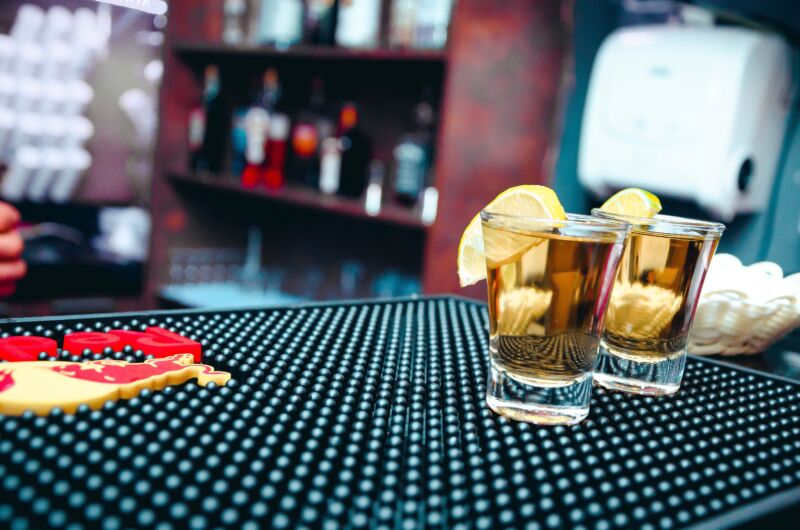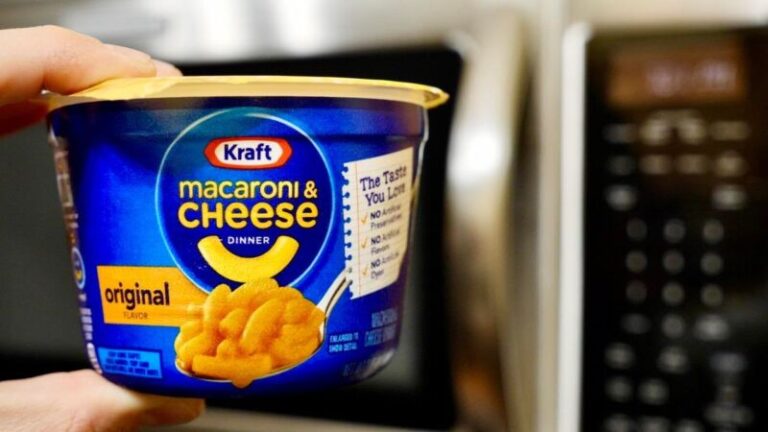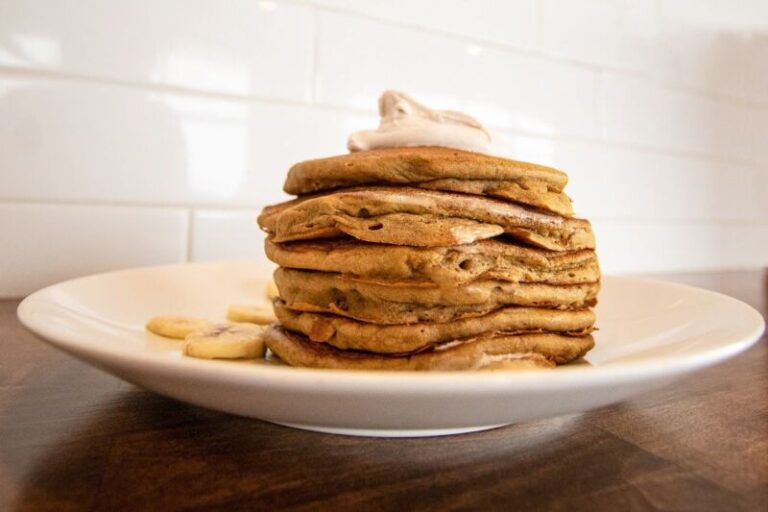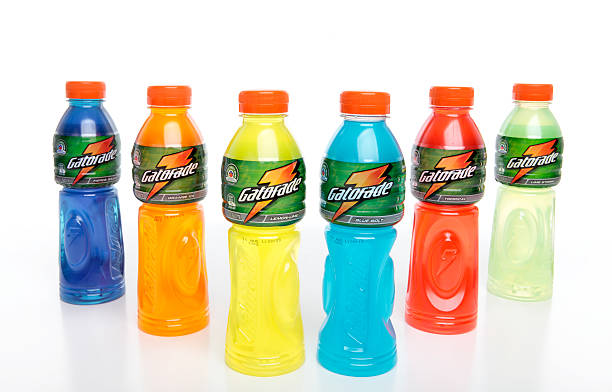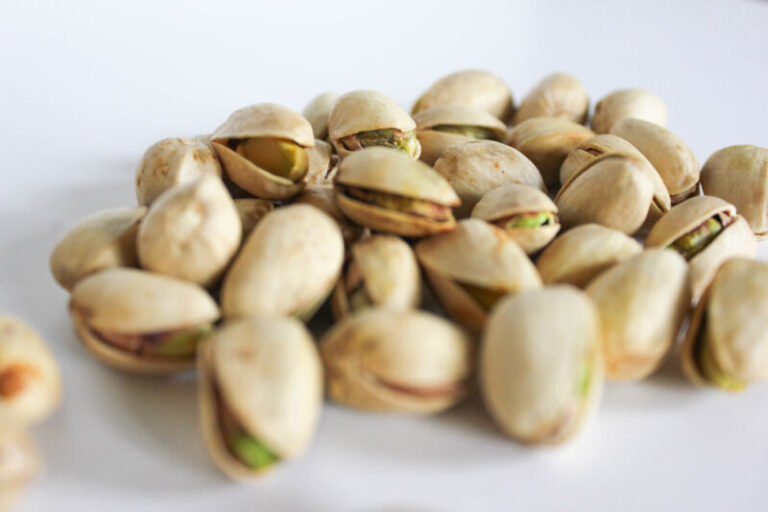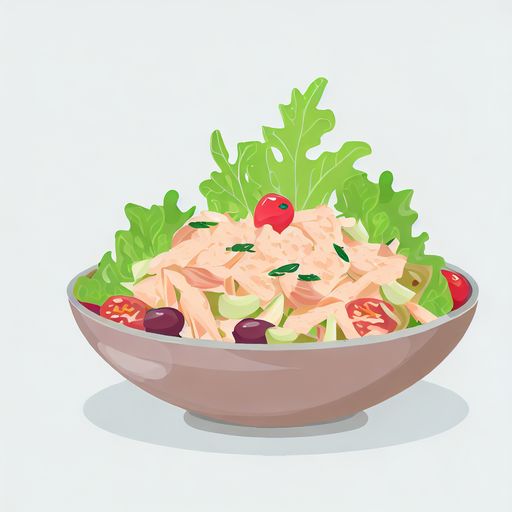How Much Alcohol Is In A Shot? A Breakdown of Standard Alcohol Content
I’ve always been curious about how much alcohol is actually in a single shot of hard liquor. As someone who drinks responsibly on occasion, I think it’s important to understand exactly what you’re consuming. Knowing the alcohol content in your drinks is key to practicing moderation and making informed decisions.
In this article, I’ll break down the standard alcohol concentration in a shot, compare it to other common alcoholic beverages, and outline the many factors that can affect alcohol percentage. I’ll also provide tips for estimating alcohol content, discuss potential health implications, and answer some frequently asked questions. My goal is to satisfy curiosity about shot alcohol content and emphasize responsible drinking habits.
Standard Shot Size And Alcohol Content
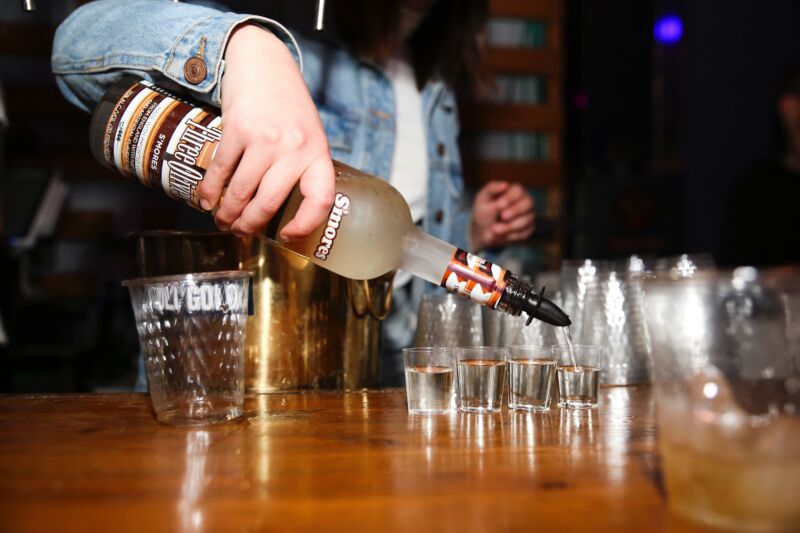
First, let’s define what constitutes a standard shot. In the United States, a shot is generally considered 1.5 fluid ounces or 44 milliliters. This is the typical amount that would be poured at a bar or restaurant.
The average alcohol concentration in a shot of hard liquor is around 40% alcohol by volume, or 80 proof. This means that in a standard 1.5 oz shot, there is approximately 0.6 fluid ounces or 17.6 milliliters of pure alcohol. Of course, this varies depending on the exact type and brand of liquor.
Comparison To Other Alcoholic Beverages
To put it in perspective, the alcohol content in a shot is relatively high compared to other common alcoholic drinks. For example:
- A standard 12-ounce bottle or can of beer generally contains around 5% alcohol by volume.
- A 5-ounce glass of champagne or other sparkling wine may have around 12% alcohol.
Cocktails can range quite a bit in alcohol percentage, depending on the recipe. But a single shot of hard liquor generally contains significantly more alcohol than a 12-ounce beer or 5-ounce glass of wine. Just something to keep in mind!
Factors That Affect Alcohol Content In A Shot
While a standard shot is defined at 1.5 ounces and 40% alcohol, many factors can raise or lower the actual alcohol content. These include:
Type of Alcohol
- Different types of liquor have varying alcohol concentrations. For example, a shot of whiskey, vodka, tequila, or rum could each contain different alcohol percentages.
Serving Size
- Some restaurants or bars may pour larger or smaller shots, resulting in more or less alcohol per serving. A 2-ounce shot contains more alcohol than a 1-ounce shot.
Distillation Process
- The distillation method affects alcohol percentage. Spirits bottled at a higher proof typically have higher alcohol content. Lower proof liquors generally have lower alcohol content.
Proof vs. ABV
- Proof measures alcohol percentage whereas ABV represents actual alcohol content:
- Proof is double the alcohol percentage. So an 80 proof spirit contains 40% alcohol.
- ABV (alcohol by volume) directly measures the percentage of alcohol in the liquid. A 40% ABV spirit contains 40% alcohol.
Understanding the difference between these terms is key for gauging alcohol percentage.
Estimating Alcohol Content In A Shot
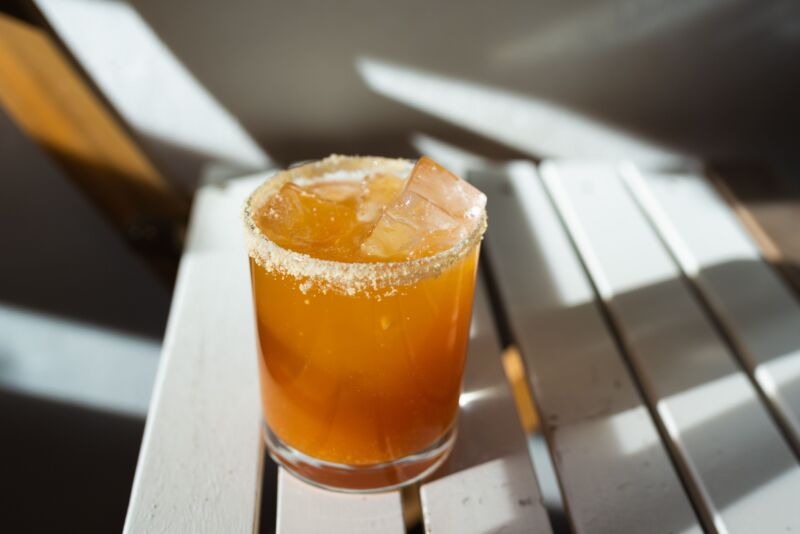
So how can you get a reasonable estimate of how much alcohol is in your shot? Here are some options:
Tools for Measuring Alcohol Content
- A breathalyzer can provide an estimate of your blood alcohol content (BAC) based on your breath. Higher BAC levels indicate more alcohol consumption. Though not exact, breathalyzers give a ballpark BAC reading to help gauge intoxication levels.
Calculation Based on Proof or ABV
- For a known proof or ABV percentage:
- To calculate alcohol content based on proof, divide the proof by two. Ex: 90 proof / 2 = 45% alcohol.
- For ABV, simply multiply the ABV percentage by the volume of alcohol consumed. Ex: 40% ABV * 1.5 oz shot = 0.6 oz alcohol.
Estimating Based on Drink Recipe
- For homemade cocktails, you can add up the alcohol content of each ingredient:
- Ex: A cocktail with 1 oz vodka (40% ABV) + 0.5 oz triple sec (30% ABV) contains around 0.4 + 0.15 = 0.55 oz of pure alcohol.
While not totally precise, these methods can give a good ballpark estimate of shot alcohol content.
Health Implications Of Consuming Shots
Understanding alcohol percentage in shots allows you to make educated decisions about consumption and potential health implications. Here are some key points:
Recommended Alcohol Consumption Limits
- For healthy adults, recommended limits are:
- Men: No more than 2 standard drinks per day
- Women: No more than 1 standard drink per day
One standard drink is defined as 0.6 fluid ounces of pure alcohol, the amount in a standard 1.5 oz shot. Consuming shots in excess of these limits could elevate health risks.
Potential Risks of Excessive Consumption
- Downing too many shots in a short period can lead to:
- Immediate effects: Impaired judgment, dehydration, alcohol poisoning
- Long-term risks: Liver disease, heart disease, certain cancers, addiction, mental health issues
Understanding your limits and pacing yourself is key to avoiding adverse effects. Staying hydrated also helps minimize next-day symptoms.
FAQs
Here are answers to some frequently asked questions about alcohol content in shots:
What’s the typical alcohol percentage in a shot?
Around 40% alcohol, or 80 proof. This amounts to about 0.6 fluid ounces of pure alcohol in a standard 1.5 oz shot.
How much alcohol is in a standard shot?
A standard shot of 1.5 oz with 40% alcohol contains roughly 0.6 oz of pure alcohol.
Does the alcohol percentage vary between types of shots?
Yes, factors like the liquor type, serving size, and distillation proof can affect the alcohol content. Vodka, whiskey, tequila, and rum may have slightly different percentages.
What’s the difference between proof and ABV?
Proof is double the alcohol percentage. ABV directly measures alcohol content. Understanding both is useful for gauging shot alcohol percentage.
How can I estimate the amount of alcohol in my shot?
Using a breathalyzer, calculating based on the proof or ABV, or adding up ingredients in a cocktail recipe can provide reasonable estimates.
What are the health risks associated with excessive shot consumption?
Consuming too many shots can lead to impaired judgment, dehydration, alcohol poisoning, and potential long-term effects like liver disease, cancer, addiction, and mental health issues. Moderation is key.
Conclusion
To summarize, I hope this breakdown gives you a better understanding of alcohol concentration in shots. While a standard shot contains around 0.6 ounces of pure alcohol, many factors can influence the actual amount. Being aware of these variances allows you to make educated, responsible decisions about drinking shots. Moderation and pacing are always wise.
